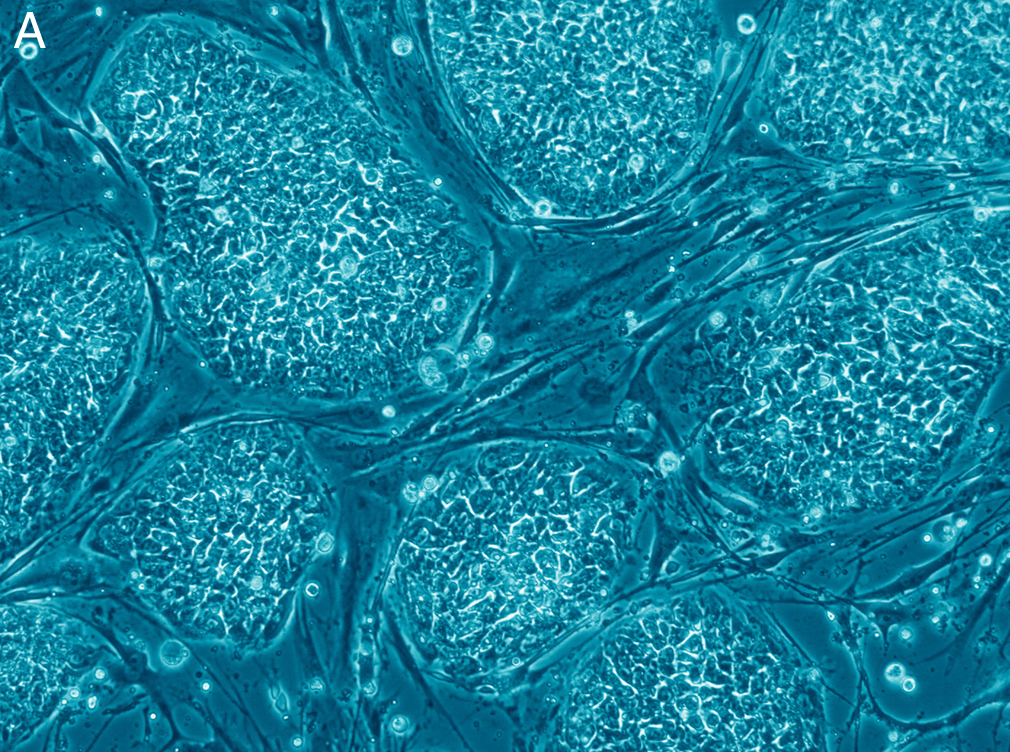The Very Short Introductions (VSI) series combines a small format with authoritative analysis and big ideas for hundreds of topic areas. Written by our expert authors, these books can change the way you think about the things that interest you and are the perfect introduction to subjects you previously knew nothing about. In this week’s VSI column, we give you Stem Cells: A Very Short Introduction. Grow your knowledge with OUPblog and the VSI series!

Stem Cells: A Very Short Introduction
By Jonathan Slack
When I arrived in the USA as a professor I was surprised to find how specialized American scientists are. Most US biomedical labs just seem to work on one molecular pathway or even one molecule. This means that everyone knows a huge amount of detail about their object of study. On the other hand, a whole career of research would only translate to one sentence of an undergraduate textbook, even if it were deemed important enough for that.
Why do we need so much detail? Biomedical scientists always say that a detailed understanding of mechanism is needed to invent new cures for disease. If some protein is involved in, say, heart development, then 25 years study of the protein will establish a detailed picture of its functions and interactions and enable drugs to be designed to stimulate or inhibit its activity. This might one day cure some disease afflicting the heart.
To some extent, politicians and funding agency managers promote the same view of events. They seem to believe that there is an inexorable progression from basic science studies of normal mechanisms to the invention of new cures.
I don’t agree.

I think that the relationship between basic science knowledge and new cures is much more complex. Looking at the medical innovations that have really transformed people’s lives, it is interesting to see how few of them really arose from a progressive set of experiments in an academic lab.
In the area of stem cell therapy, the overwhelming success story so far has been bone marrow transplantation. From the first successes in the 1980s to today (when about 50,000 people worldwide receive transplants each year), it has established itself as a truly life-saving form of cell therapy.
Most bone marrow transplants are given for treatment of leukaemias or lymphomas. In the marrow reside the haematopoietic (blood forming) stem cells, which generate all the different cell types that make up the blood and the immune system. Patients are given chemotherapy or radiation to destroy the tumour, but a high enough dose will also destroy the stem cells in the bone marrow. A transplant involves infusing marrow from a donor into the bloodstream. The stem cells in the graft can implant into the host marrow and over a few weeks can repopulate the host with new blood cells. The procedure enables otherwise lethal doses of cancer therapy to be given and the graft helps to eradicate the tumour through an immunological attack on it.
Was the introduction of bone marrow transplantation based on a detailed understanding of the biology of the haematopoietic system? Actually, at the time almost nothing was known. It was known that high dose radiation killed animals because of marrow failure, and if they received a subsequent graft of marrow from an unirradiated donor they could survive. There was also good evidence that it was cells and not some sort of substance in the graft that enabled survival. But the haematopoietic stem cell itself was not identified in mouse until 1988 and in human until 1992. The exact cell lineage of blood and immune cells, and the normal controls on each developmental step, are still unclear. But the first human bone marrow transplants were actually attempted in the late 1950s, and the first successful ones took place in the late 1960s.
So, to invent this pioneering and effective form of stem cell therapy, it seems that very little needed to be known about the haematopoietic system itself. What was necessary was a lot of other background information. For example, someone had to have discovered cells, developed methods for observing them, classified the cell types in the blood, and figured out that they originated in the bone marrow. Furthermore the nature of leukemia, as an unregulated proliferation of haematopoietic cells, needed to be known, as well as methods for assessing the progress of treatment.
To make bone marrow transplants actually work various other things were needed. Probably most important was an understanding of the genetics of graft rejection and the development of tissue typing to find donors who were reasonably compatible with the host. Almost as critical was the discovery of various types of immunosuppressive drug that are essential for controlling graft-versus-host disease (GvHD), a serious complication of the procedure. Less glamorous but equally vital, there were the advanced techniques for nursing patients who had been taken to the brink of death by chemotherapy or GvHD. All of these innovations came from very disparate areas of work unrelated to bone marrow transplantation.
To invent a new treatment you don’t necessarily need masses of detailed knowledge about the system to be treated. But you do need a lot of other scientific and technical knowledge, so that there is a rationale for what you are doing, reliable methods for establishing effectiveness, and appropriate technical support for the procedure.
The message for research funding bodies is not to be too hung up on the “translational” character of ongoing research. In science, even more than in politics or finance, it is hard to predict the future, and successful innovation needs to be underpinned by a whole variety of things — all hard to predict in advance.
Jonathan Slack is Director of the Stem Cell Institute at the University of Minnesota and author of Stem Cells – A Very Short Introduction. He is a developmental biologist with an interest in methods for converting one cell type into another.
Subscribe to the OUPblog via email or RSS.
Subscribe to only VSI articles on the OUPblog via email or RSS.
View more about this book on the ![]()
![]()


Recent Comments
There are currently no comments.